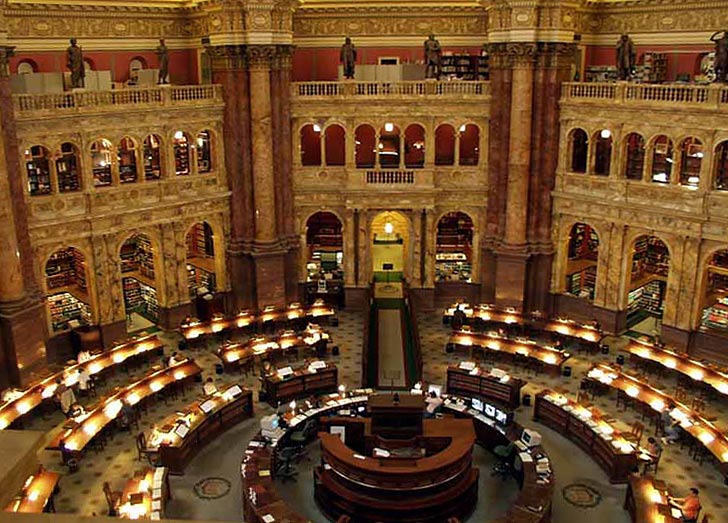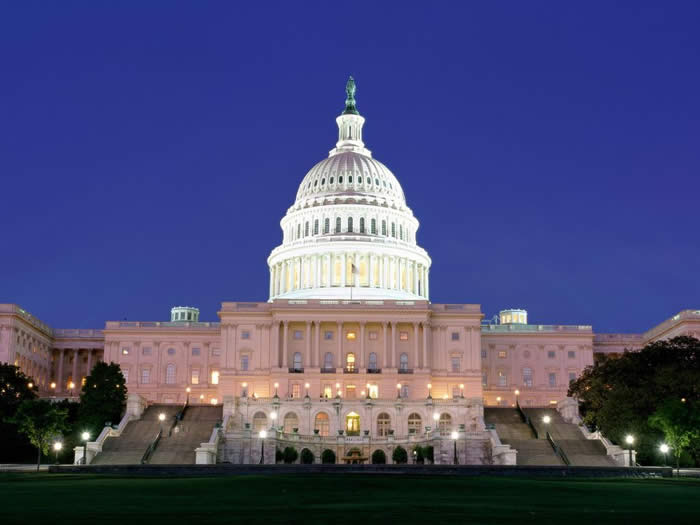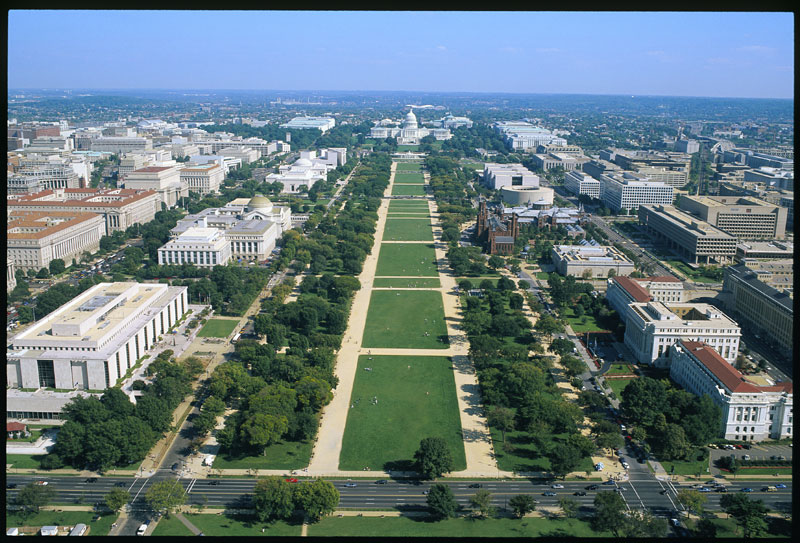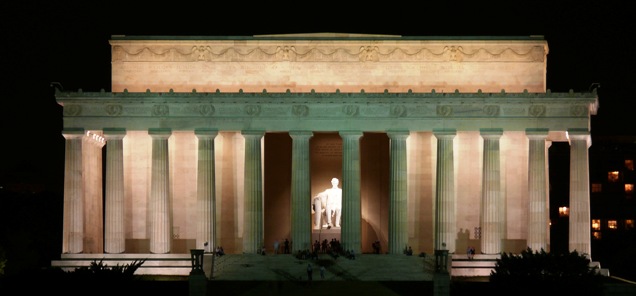Washington, D.C. is of course the capital of the United States and thus, home to a magnitude of sights related to the federal government. But it is also a cultural center offering amazing museums and entertainment. A visit to Washington, D.C. should definitely include a stop on Capitol Hill where you can find the United States Capitol, the US Supreme Court, and the Library of Congress, all three of which call magnificent buildings their home.

US Capitol- The impressive Capitol Building is one of D.C.’s landmarks. The cornerstone of the building was actually laid by George Washington himself. After it was burned down during the War of 1812, it was restored in 1815 and later expanded.
A visit to the Capitol is surely worth the time and there are different options available to you. You can either take a guided tour of the Capitol with the United States Capitol Guides; or you can go on a reserved tour, which can be arranged through the office of your Senator or Representative; or you could obtain gallery passes.

The first Library of Congress was also destroyed during the War of 1812, as it was located in the Capitol at that time. As a result, Thomas Jefferson decided to offer his personal collection to start a new library. The building that houses the library today has been named in his honor and is now known as the Thomas Jefferson Building. The Library of Congress holds the largest collection of books, maps, and music in the world. It even has one of only three copies of the Gutenberg Bible.
The library is open to the public for research, but you have to obtain a Reader Identification Card before you will be allowed in and of course, nothing can be removed from the library. If you just want to visit the library, public tours are the way to go. Highlights include the Great Hall and a view down into the Main Reading Room.

US Supreme Court -The United States Supreme Court as an institution is the highest court in the country. And the building the US Supreme Court calls home is equally as impressive. However, not until 1935 did the Supreme Court meet in its own building; until then, the justices met in several places of the US Capitol. You can see one of those places when you visit the US Capitol, the Old Senate Chamber.
During the months of October through April visitors can listen to oral arguments before the court (Monday-Wednesday, every two weeks) on a first come, first serve basis. Starting mid-May until the end of June, the court will release orders and opinions every Monday, which are also open to the public. At all other times, guides offer courtroom lectures, during which you will visit the courtroom and hear about the history of the building and the court.

The Mall is a one mile boulevard between the US Capitol and the Washington Monument and it is home to a great number of museums of the Smithsonian Institute. Highlights include the National Museum of Natural History, the National Museum of American History, and of course, the National Air & Space Museum. Another main attraction is the Smithsonian Castle, which is not only an impressive building in its own right, but also the place to get information for all the museums. Finally, there is the National Gallery of Art, which is affiliated with the Smithsonian.
Entrance to the museums is free of charge and many offer guided tours.
Monuments and Memorials
Of course, Washington, D.C. is well-known for its extraordinary monuments and memorials.
Washington Monument – At 555 ft. tall, the Washington Monument dominates the city skyline and is visible from all over the city. Dedicated to the first president of the United States, it also offers an amazing view over the city from the top. During the summer, it is open until 11:30pm.
The Vietnam Veterans Memorial was dedicated in 1982. Its black walls are inscribed with the names of the Americans who died during the war. There is also a statute of three soldiers. Friends and family of fallen soldiers visit the memorial and leave pictures, flowers, and toys for their loved ones. As a result, visiting the memorial can be a very touching and memorable experience.

The Franklin D. Roosevelt Memorial is really a park of four open-air rooms, one for each of Roosevelt’s terms. One room has waterfalls going into pools and another has a somewhat controversial statue of the president.
Lincoln Memorial — One of the most famous memorials is the Lincoln Memorial. A seated statute of President Lincoln sits inside a Neo-Classical temple. It is one of the most visited sights in D.C., especially at night when the statute is illuminated. The memorial is also the site of Martin Luther King, Jr.’s historic “I have a dream” speech.
Finally, the Jefferson Memorial is a colonnaded dome building which houses a 19ft. tall statute of the president. Jefferson’s words from the Declaration of Independence are imprinted on the wall. If you read them carefully however, you will notice misquotes and omissions, which has been the subject of much heated arguments.

The White House, the official residence of the president, was first occupied by John Adams. The White House was also burned during the War of 1812 and later partially rebuild. President Roosevelt gave the White House its name and ordered construction of the West Wing. Later the East Wing was added resulting in the building as it stands today.
The most notable rooms are of course, the Oval Office, the Red, Blue, and Green Rooms, and Lincoln’s Bedroom, which today is used as a guest room. Each president or presidential couple made changes to the interior of the house, which results in a unique and interesting blend of furniture and design.
Unfortunately, yet understandably, the White House has been closed to the general public since the events of 9/11. However, tours can be arranged through Congressional representatives.
Other highlights in and around the city include the Kennedy Center, Georgetown with Georgetown University, Washington National Cathedral, Arlington National Cemetery, and the Pentagon.
